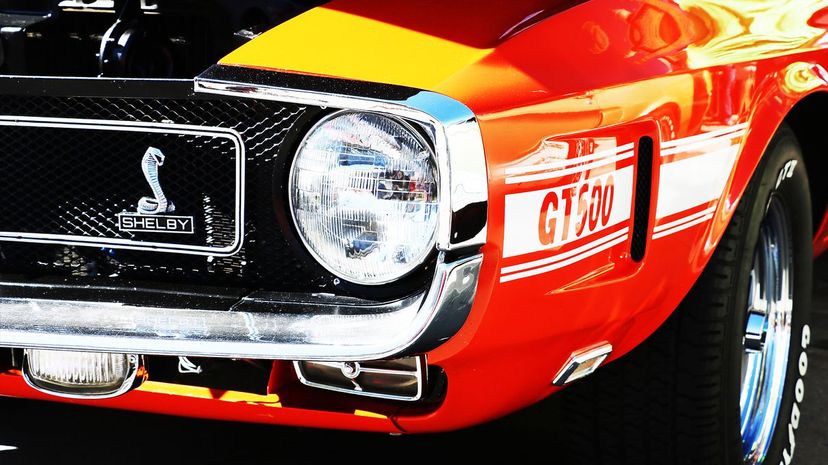
About This Quiz
To a true fan, there are only two kinds of people in the world: People who own a Ford and people who bought the wrong vehicle. If you're in the Ford camp, prove your true love by acing this quiz!
A world without the Ford Motor Company would be a much different world than the one we live in. The company and its founder, Henry Ford, pioneered new methods of mass production and brought the automobile — which was a curiosity for the rich at the time — to the masses. Ford changed not only the way goods are manufactured by how people thought of the workplace.
While Henry Ford didn't invent the concept of the assembly line, he pioneered the use of the moving assembly line. With Ford's invention, the car being built came to them, and the workers could be quickly and easily trained to perform their specific task. Production soared, and costs plummeted.
When the common family could own a motor vehicle, distances shrank and the world became a smaller place as the individual's choices grew.
In this quiz, we'll not only take a look at some of the famous — and a few of the infamous — vehicles produced by Ford, but we'll also examine the impact Henry Ford and his company had not only on American society but the world at large.
Laser Focus on the questions as they Probe your knowledge of Ford! Aspire to Model A perfect example to your friends! We'll set the Tempo and Escort you through this quiz as you Flex your mind as you Endeavour to become an Explorer of the Edge of the Blue Oval. Let the Expedition begin!
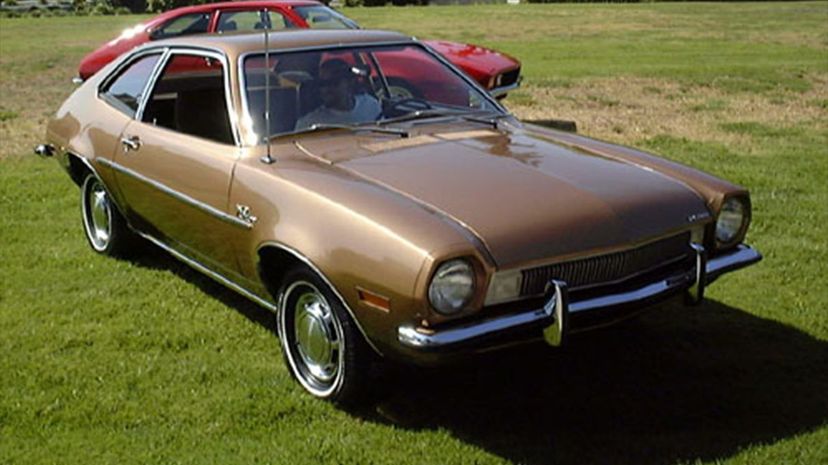
If you're taking this quiz, you're a Ford fan, but let's be honest: The Pinto is a case of a bad vehicle handled badly. A small car popular in the oil-starved 1970s — 3 million were made between 1971 and 1980 — the Pinto was the subject of recalls. The first recall was for sticking accelerators, then for possible engine fires and most famously to correct a flaw that led to fuel-tank fires — and several fatalities — after moderate-speed rear-end collisions.
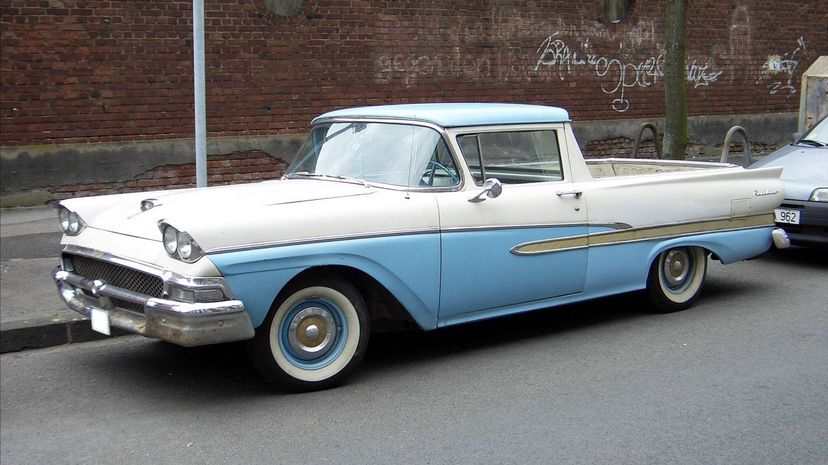
The coupe utility vehicle — sometimes called a Ute — was a favorite among Australians as early as 1934, when Ford introduced the aptly named Ford Utility Coupe. The idea was brought to the United States in 1957 with the Ford Ranchero. Built on a station-wagon frame, the Ranchero could actually carry more than an F-150 of the time. The car/truck hybrid lasted seven generations, ending its haul in 1979 when Ford started to develop light pickup trucks.

When it hit the roads in 1966, the Mercury Cougar had a lot in common with its cousin, the Ford Mustang, on which it was based. There were differences, however, that gave the Cougar its own identity. Slightly longer than the Mustang, the car was designed to look more "European" than its Ford counterpart — but it still had muscle. The GT-E package available on the 1968 version, for instance, had a 7.0-liter V8 that had an estimated 390 brake horsepower potential.
Advertisement
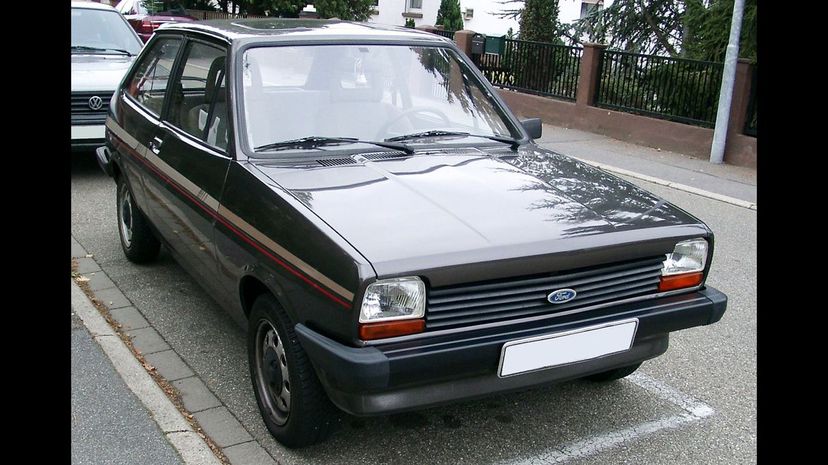
Making its debut in the oil-starved landscape of 1976, the Ford Fiesta was the right car at the right time for many people around the world. The result of Ford's Project Bobcat, the Fiesta was only sold in the U.S. until 1980, although it remained a strong seller in many countries — the vehicle was the U.K.'s top seller from 2009 through 2019 (and counting). It made a comeback in North America in 2007 until the company decided to focus on SUVs and trucks; it was discontinued again in that market in 2018.
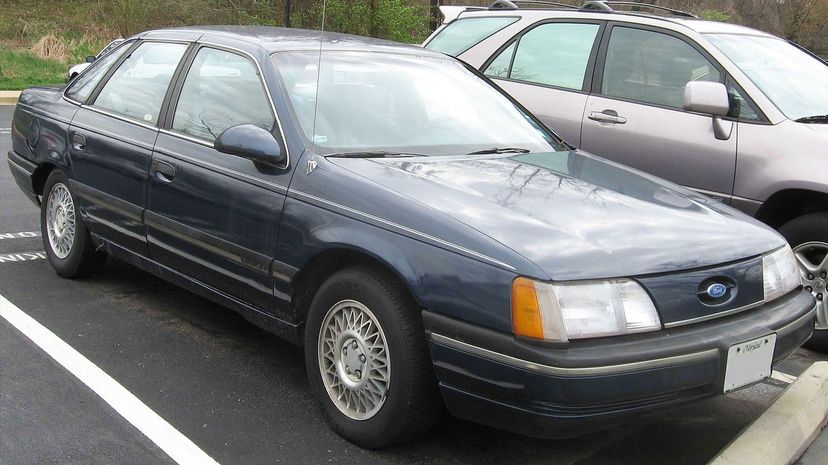
Hitting the streets in the 1986 model year, the Mercury Sable was the upscale model of the Ford Taurus. The model ran as a mid-size car for its first four generations until it was discontinued in 2005. It was briefly brought back to life in 2008 as a full-size car but retired again the year after. There is evidence to suggest that there was a concept convertible Sable actually made in 1989, but the model never was put into production.
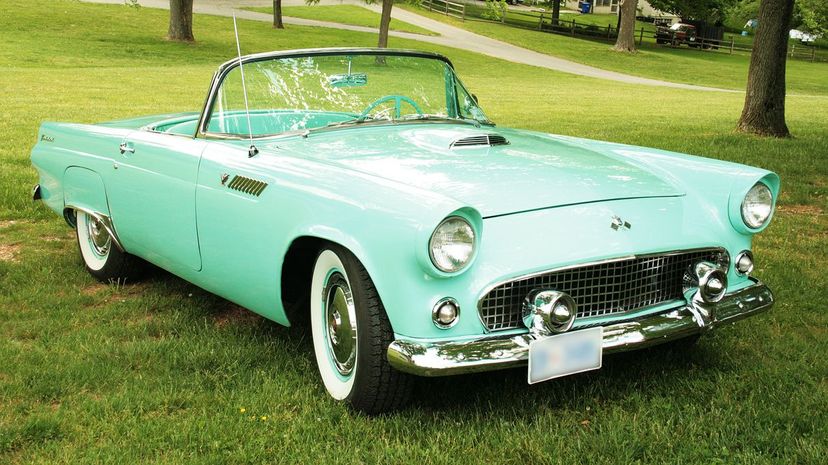
Although later models would expand the car beyond its original design, the Thunderbird started life as a convertible built for two. The first generation, built between 1955 and 1957, had started in the early '50s as the dream in Ford executives' minds to introduce European sports car sensibilities to the U.S. market. When the company learned of Chevrolet's plans with the Corvette, the T-bird got the green light.
Advertisement
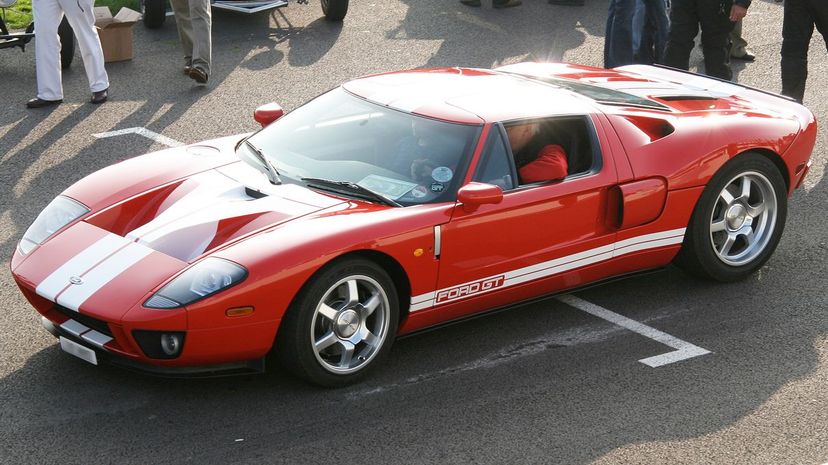
With a design that echoes back to the Ford GT40, which dominated racing for a time in the mid- to late 1960s, the Ford GT was developed to help celebrate the company's centennial. Released in 2005 — two years after the official 100th anniversary of the company — the GT offered a 5.4-liter supercharged V8 and a design developed with the help of car legend Carroll Shelby. The first generation ran from 2005 until 2006, and a second generation launched in 2017.
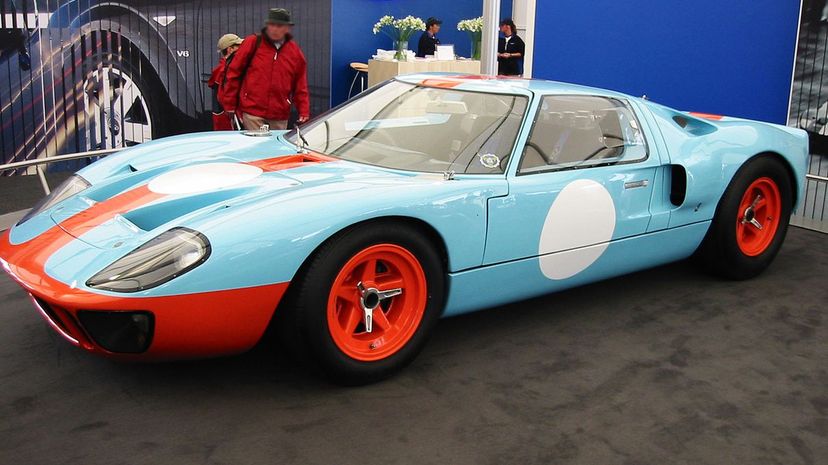
In 1963, Ford was in talks to acquire Ferrari — the Italian company needed the money and Ford wanted to get into endurance racing. When Enzo Ferrari changed his mind and called off the deal, the story is that Henry Ford II told his people to design a car to win at Le Mans and kick Ferrari's "tail." The GT40, debuting in 1964, did just that, winning four consecutive 24 Hours of Le Mans competitions, from 1966 through 1969, as well as other international titles.
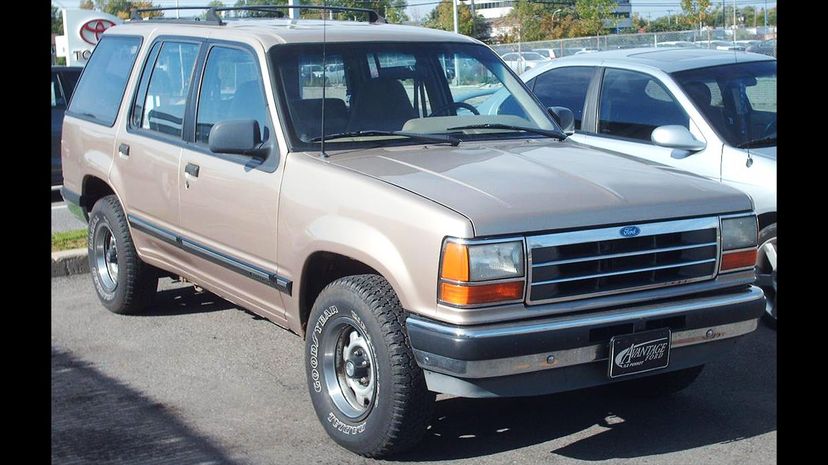
When it debuted in 1991, the Ford Explorer replaced the Bronco II and has gone on to become a mainstay in the Ford lineup. Early models, however, became mired in controversy because of rollover rates that led to 240 deaths and many more injuries. It was found that the tread on Firestone tires used on the Explorers could separate, resulting in a loss of control. In 2001, Ford offered to replace 13 million Firestone tires on Explorers.
Advertisement
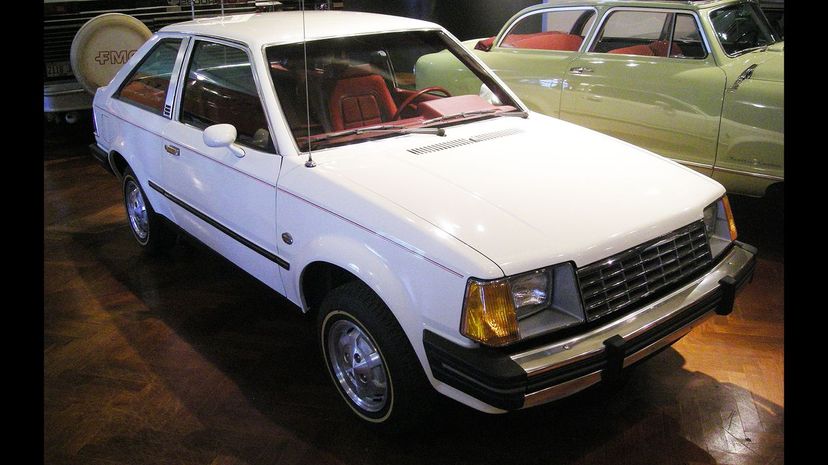
Some consider this Ford's first "world car," because when launched in North America in the 1981 model year it shared much of its design with the British version of the Escort, which was then in its third generation. Replacing the problem-prone and PR-poisoned Pinto, the Escort was a popular model, with strong sales for much of its career. It was retired in 2003, replaced by the Focus.
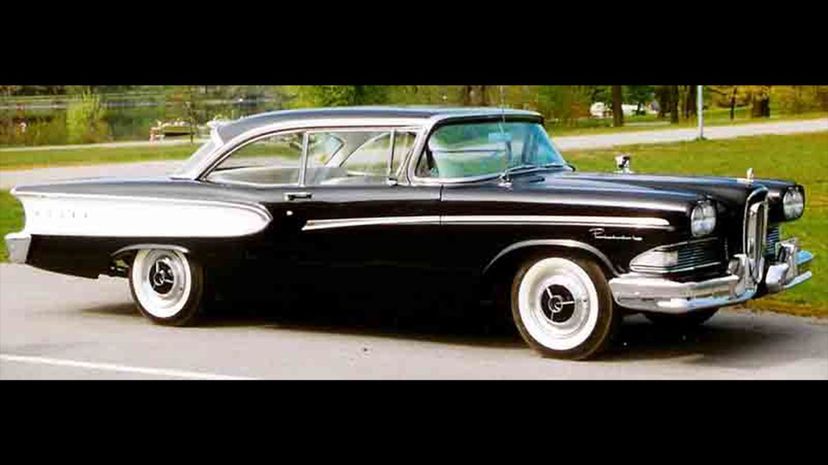
Named after Henry Ford's son, there were high hopes for the Edsel line of vehicles when they launched in 1957. It wasn't meant to be, however, and the brand was shuttered only two years later. Aimed at the medium-priced, medium-sized-car market, the cars fell victim to unrealistic expectations and bad market research. When the Edsel came out, that particular market had all but disappeared.
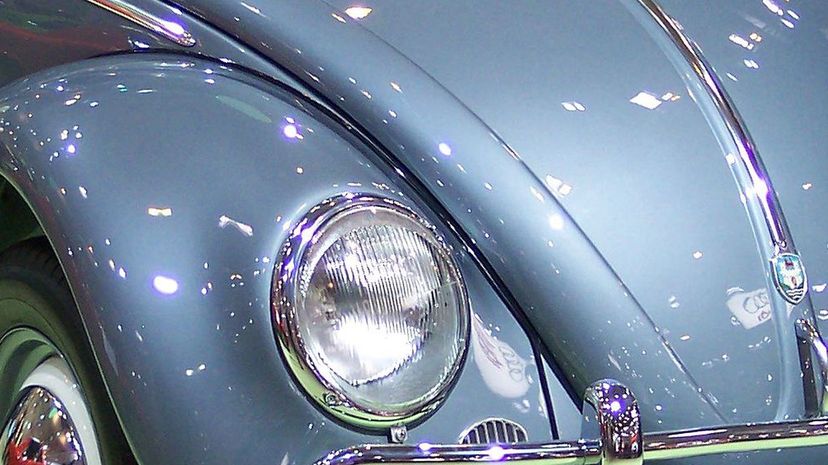
The Model T had a long production life, running from the first in 1908 to the last in 1927. In all, 15,007,033 vehicles were made in that time — a record that would stand until Feb. 17, 1972, when the 15,007,034th Volkswagen Beetle was produced. There would eventually be more than 21 million Beetles made during its production run.
Advertisement
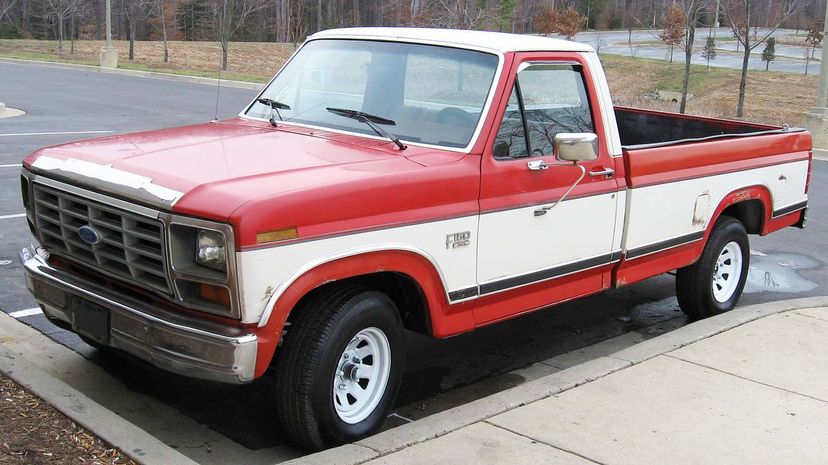
Now in its 13th generation, the F-150 is a common sight on American roads. For more than 40 years, it has been the best-selling truck in the U.S. and for the past 30 years, the best selling vehicle in the country. Durable, dependable, powerful, comfortable and surprisingly good on gas mileage, the F-150 and its F-Series stablemates earn Ford around $41 billion a year. The F-150 isn't going away any time soon.
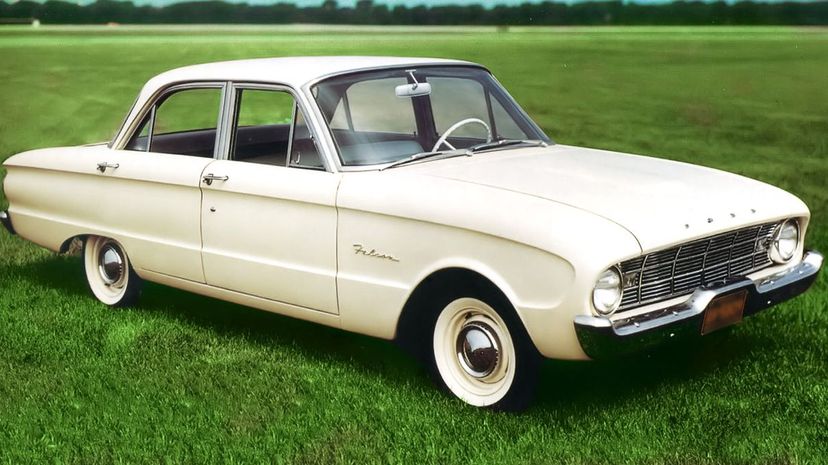
The Ford Falcon was designed not only provide the "second car" for the American family but to be attractive to the increasingly important foreign markets outside North America. The Big Three U.S. automakers all introduced compact vehicles around this time, and the Falcon was Ford's offering, produced over a 10-year span. The Falcon's advertising also offered a first: It was the first animated appearance on TV of characters from the "Peanuts" comic strip.
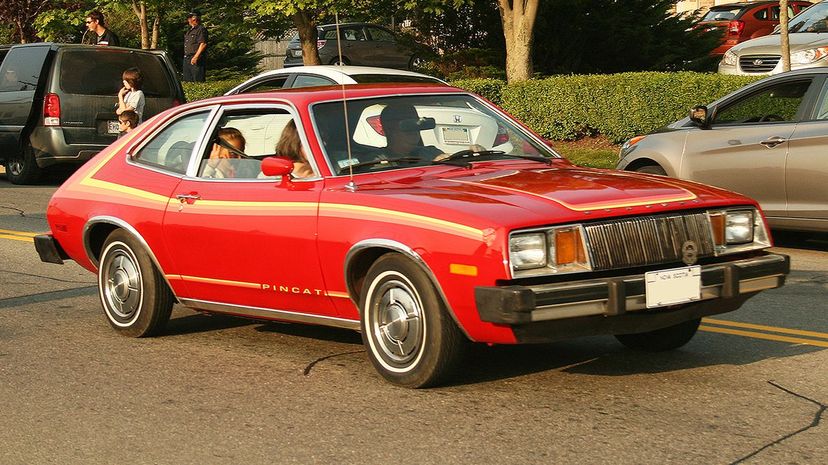
The Mercury Bobcat was sold in the U.S. between 1975 and 1980 as a clone of the Ford Pinto, except for its grille and hood and higher-trim interior. The subcompact got great gas mileage (which was growing in importance as the Middle East oil embargo was in full effect). It was replaced by the Mercury Lynx — itself a clone of the Ford Escort — in 1980.
Advertisement
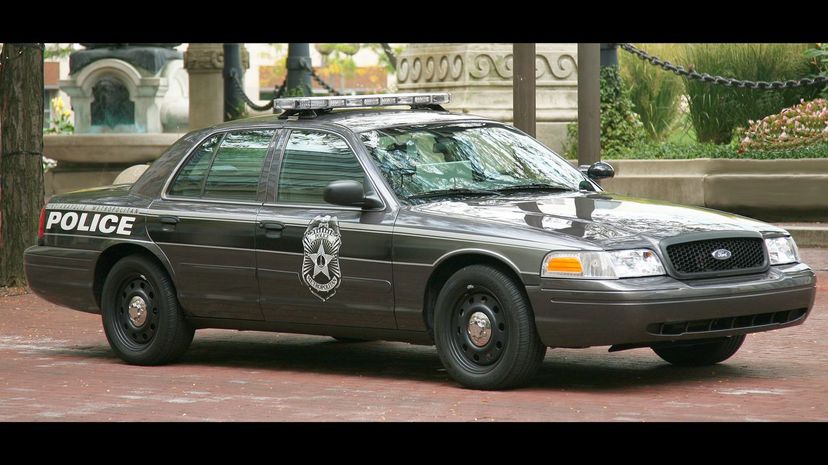
The Crown Victoria Police Interceptor (CVPI) variant was a favorite among law enforcement officers. Between 1992 and 2011, later CVPI models offered a powerful 4.6-liter V8 engine and rear-wheel drive (which the police liked because of its better handling during hard driving). Although new models were not made available to the general public, the vehicles had vibrant second lives once decommissioned by law enforcement and were especially in demand by taxi companies.
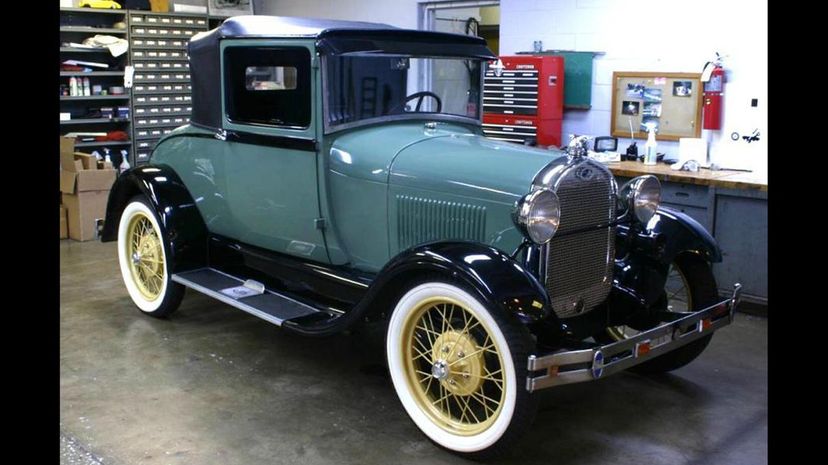
The fledgling automotive field in late 1927 was rocked when Ford ended the Model T's 18-year run and switched production to the new Model A (which shared its name with the first model Ford made, from 1903 to 1904). The model was designed to compete with other manufacturers who were offering more options and better performance. Offered for about the same price as its predecessor, the more advanced Model A sold more than 4.3 million units between 1927 and 1932, when it was retired in favor of even-newer models.
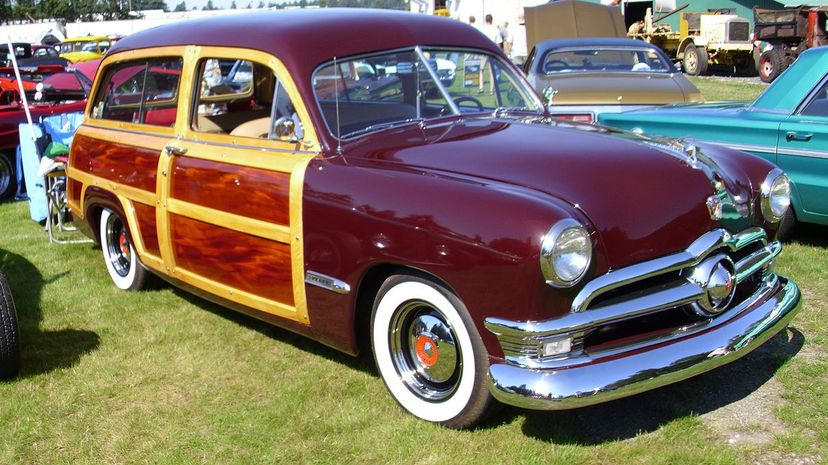
While all the models of this station wagon had woodgrain trim, only the first generation, produced in 1950 and 1951, had genuine wooden body panels — later models would have all-steel bodies with simulated woodgrain to cut production costs. Still stylish for the 1950s sensibilities, these later vehicles are actually faux woodies.
Advertisement

The Lynx was the upscale Mercury equivalent of the super-popular Ford Escort. Introduced in 1980, the same year as its Ford twin, the Lynx was Mercury's best-selling car for a time. Available as a three- or five-door hatchback, the more-expensive Lynx bowed out of the picture in 1987.
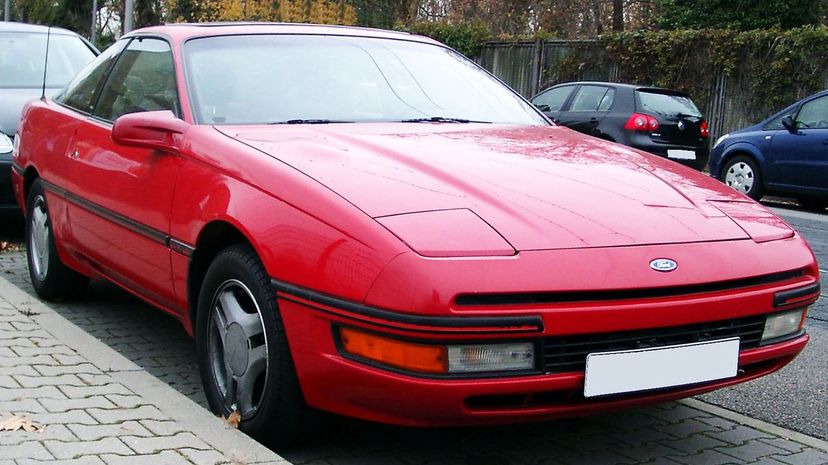
In the 1980s, Ford was thinking about making a big change to the Mustang to keep up with more "advanced" coupes coming out of the competition. Working with Mazda, the new car was to be built on the Japanese company's G-Series platform and feature front-wheel drive and offer a choice between two four-cylinder engines or a V6 engine. When Mustang enthusiasts got wind of the change, they strongly objected, to say the least. Ford rethought the decision and turned the new car into the Probe, which ran from 1989 through 1997.
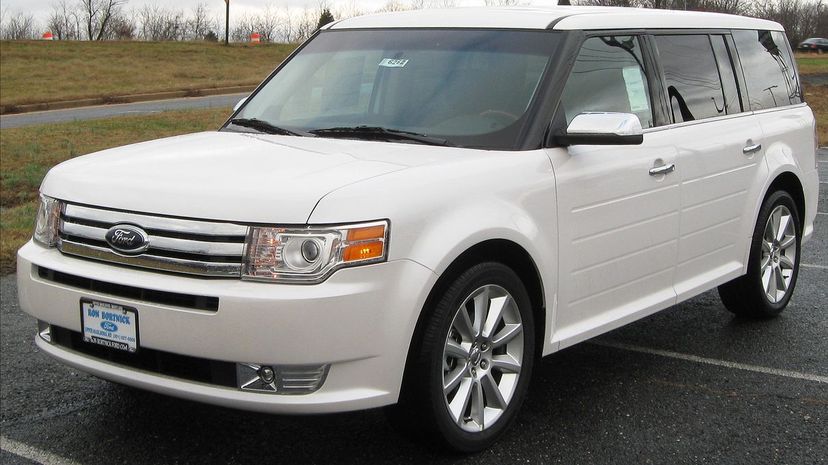
It's difficult to classify the Ford Flex, as it seemed designed to avoid being pigeonholed. With its wagon shape, SUV-esque high seating and minivan-like features, perhaps "mid-size crossover SUV" might be the closest guess. It's also reported to drive like a luxury car in some reviews, further muddying the waters. Perhaps because of its wide-ranging resume, the Flex has fought to find an audience. Slow sales and Ford's decision to focus on trucks and SUVs will sunset the Flex in 2020.
Advertisement
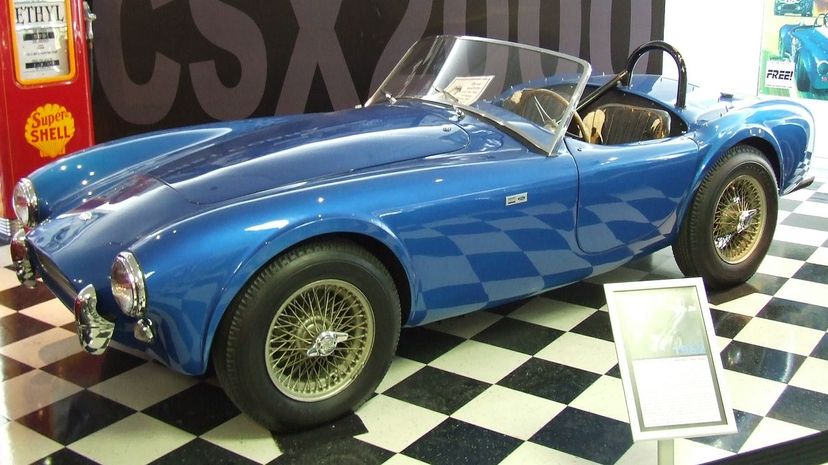
When racecar driver Carroll Shelby had to retire from the sport, he turned to his dream of building sports cars. When he heard in 1961 that England's AC Cars was going to stop making the AC Ace because the engine used in that model wouldn't be available any longer, he had an idea. Ordering an Ace body and marrying it to a powerful Ford engine (first the 260 and then the 289 V8), the lightweight overpowered car became a winner — and a sensation — around the world.
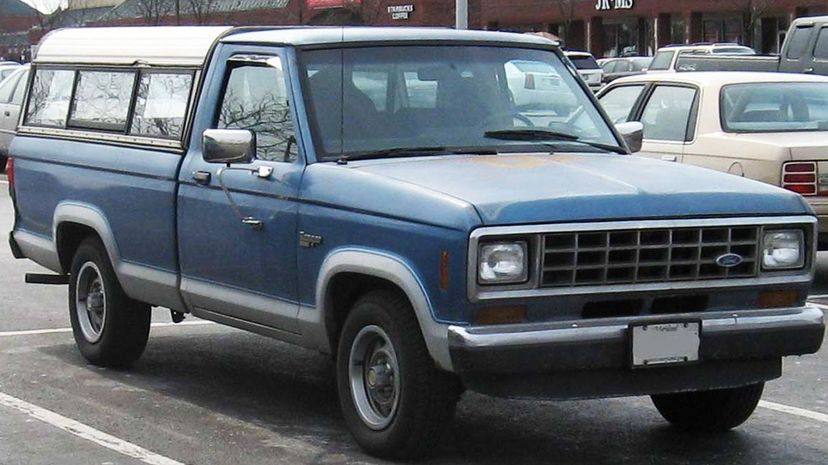
The Ford Ranger is a compact pickup truck that was retired but made a comeback. First introduced in 1983 as its own model (it was previously a trim level for the F-Series), the vehicle filled a niche for people who didn't want/need a full-size pickup but liked to do the occasional hauling. The model was discontinued in the U.S. after three generations in 2011, although it was still made in South America. The Ranger re-entered the North American market for the 2019 model year with a 270-horsepower inline-four turbo engine.
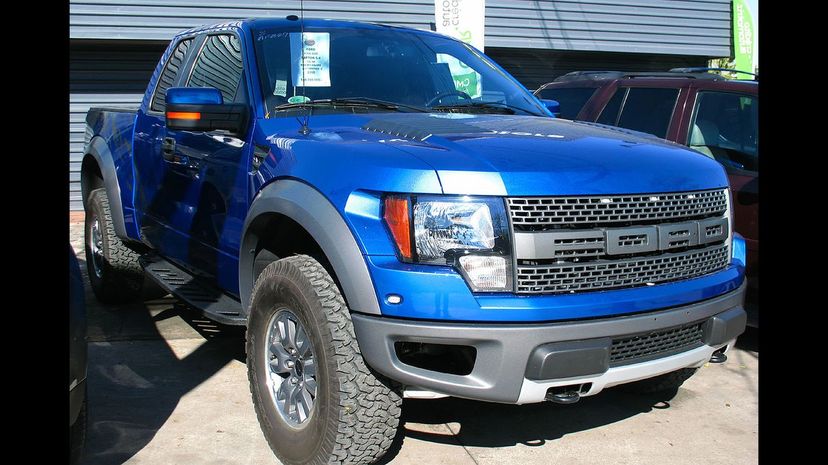
Introduced in 2009 as part of the venerable F-150's 12th generation, the SVT Raptor was built to be taken off-road but still will turn heads in the city. The latest version of the truck offers a 450-horsepower twin-turbo V6 with 13.9 inches of rear suspension clearance and can tow up to 8,000 pounds. It's not for everybody — the "regular" F-150 has been a popular choice for decades — but it provides performance for those who are willing to leave the asphalt.
Advertisement
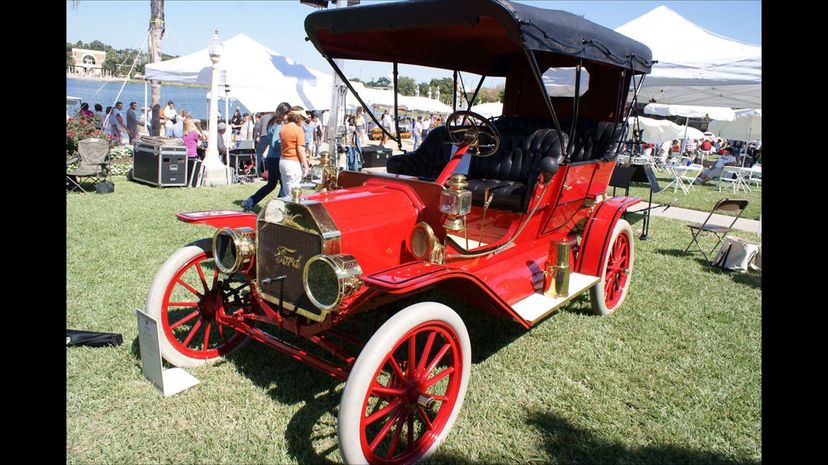
While it wasn't the first car built by Ford — the Model A holds that distinction — on Oct. 1, 1908, in Detroit, Michigan, Henry Ford and his production team changed the modern world and started the process of putting horse-drawn carriage companies out of business with the advent of the Model T and the moving assembly line. The car had a 20-horsepower engine that got 21 miles per gallon and had a top speed of 45 mph — plenty fast at the time since the highways were still a long way off.
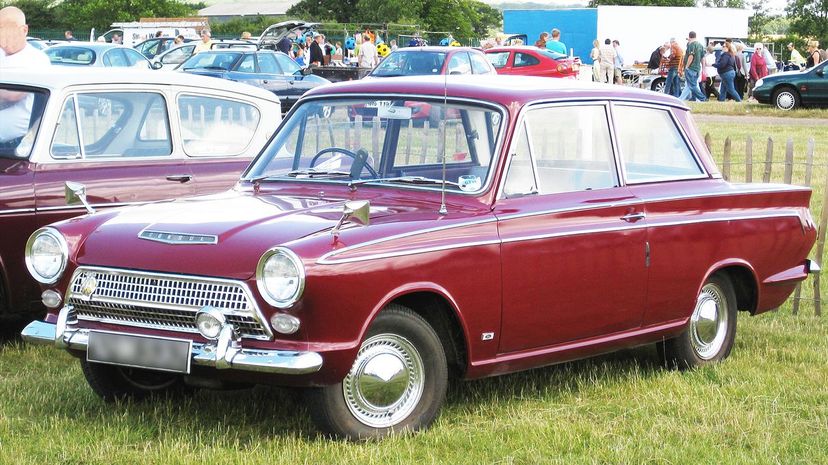
It was a little boxy and wasn't all that powerful, but the Brits loved the Ford Cortina. Introduced in 1962, Ford wanted a car in the U.K. market and other markets that was inexpensive to run, and the Cortina fit the bill. More than 2.5 million Cortinas were sold in Britain during its five-generation production run, which ended in 1982.
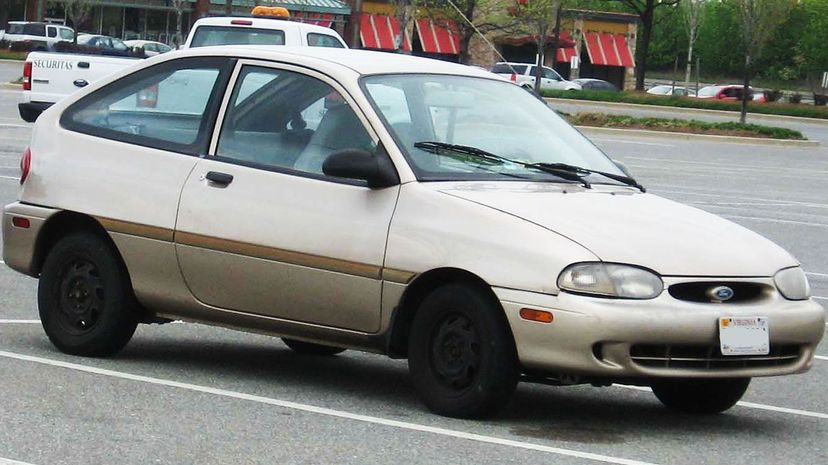
The Ford Aspire, developed as a joint project with South Korean automaker Kia, went on sale in 1994 and took the place of the Festiva as Ford's entry-level vehicle (it was actually the second generation of the Festiva, just renamed for the North American market). The car, which had a four-cylinder, 63-horsepower engine, was retired because of slow sales in 1997.
Advertisement
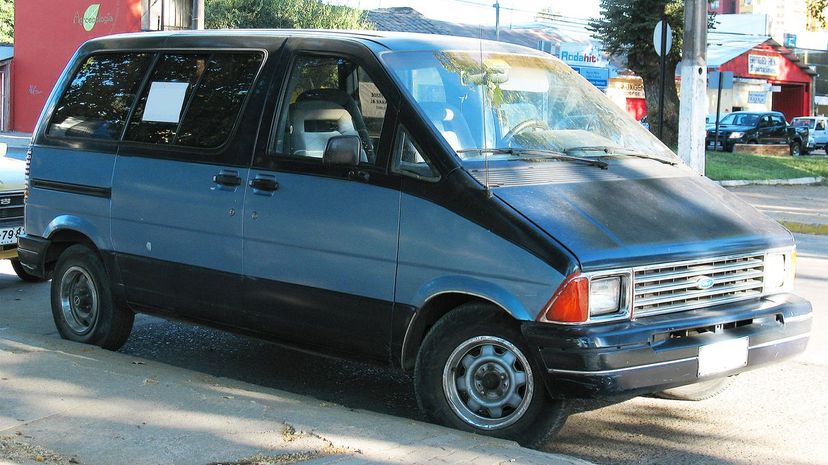
With cutting-edge aerodynamics, rear-wheel drive and a five-speed manual gearbox option, Ford did its best to make driving a minivan seem cool. Introduced in the 1986 model year, the Aerostar went on to have a long production run, with more than 2 million vehicles produced before it ended in 1997. The vehicle was so popular with the public that the Aerostar survived the introduction of its own replacement, the Windstar, in 1995.
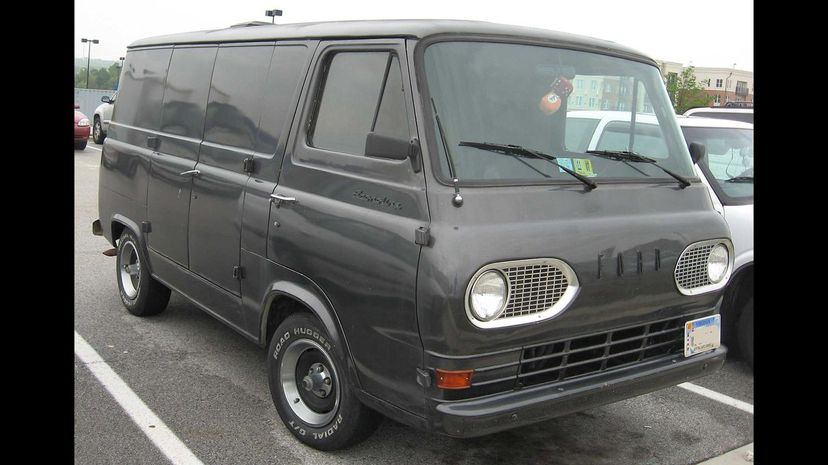
Introduced in 1961, the E-Series of vans from Ford were versatile, practical and simple, able to get the job done for people who needed cargo space in the course of their jobs. Also known as the Econoline, the E-Series was popular, holding almost 80% of the full-size van market in the U.S. in 2007. Replaced by the Ford Transit in the 2015 model year, the long-lived E-Series is set to make a comeback in the 2021 model year.
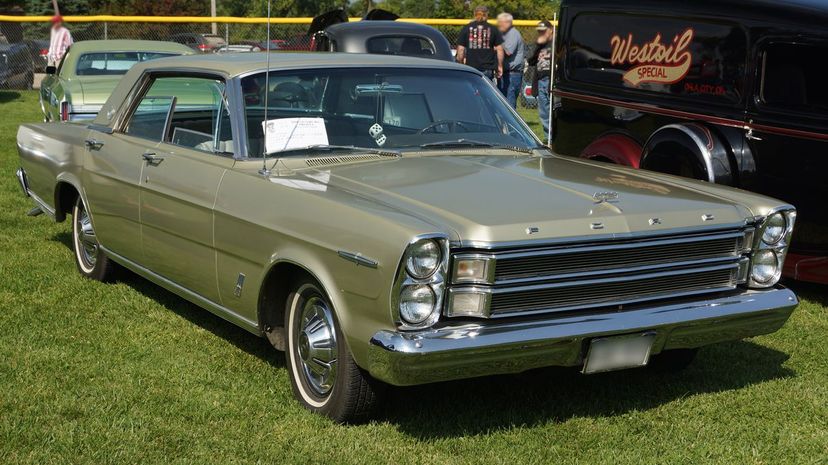
First introduced in 1965, the Ford LTD was a large, powerful vehicle. The second-generation version, which spanned 1969 through 1978, was a full 121 inches long. The model was one of Ford's most popular, as well; during its 22-year run, more than 5 million were sold. Fun fact: No one is quite sure what "LTD" stands for. Some think it's "Luxury Trim Decor," while others believe it's "Lincoln Type Design." Still others believe it has no meaning at all, and just sounded good.
Advertisement
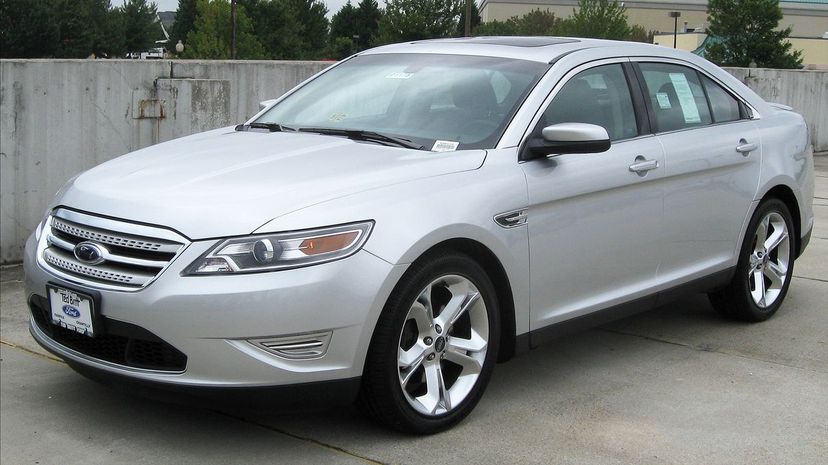
The Taurus was a massive seller for Ford since its introduction in 1985, and when the company was looking for a vehicle to showcase a new engine it had designed with Yamaha, the Taurus got the nod. In 1989, the Taurus SHO (Super High Output) with its 220 horsepower engine, hit the showroom floors in 1989. Originally designed to be a limited production model, demand for the vehicle convinced Ford to make the SHO a series production model.
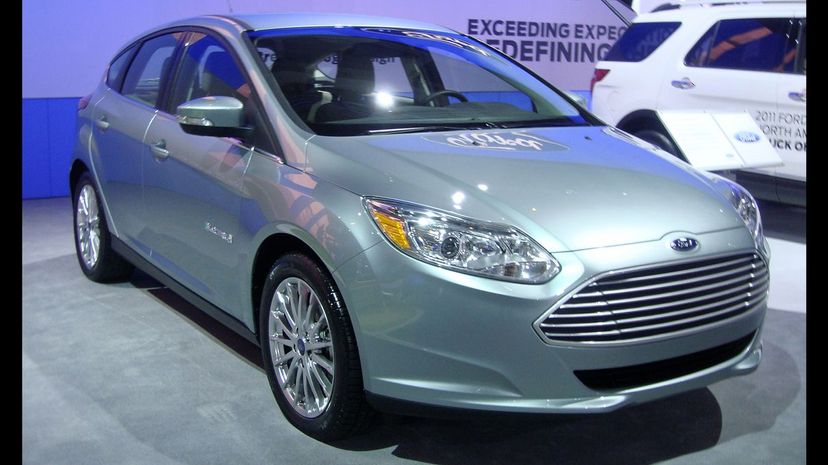
The Ford Focus Electric, which began production in late 2011, was actually Ford's second venture into the modern electric vehicle market — the Ford Ranger EV pickup was produced from 1997 to 2002. At the end of its run in 2018, the Focus Electric could travel a range of 115 miles on a charge. Henry Ford actually began work on an electric vehicle in 1914; changing technology (electric starters replaced hand-cranks) and technological issues sidelined the effort.
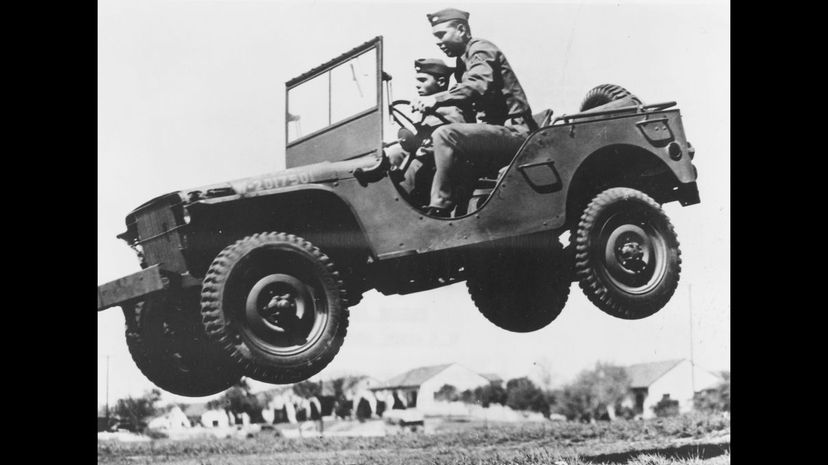
More commonly known as a "jeep," the Ford GPW — General Purpose Willys — was based on the design provided by Willys-Overland, who had won the design contract from the U.S. Army in 1941 but couldn't produce the vehicle in high enough quantities. Ford built almost 300,000 of the small four-wheel-drive vehicles during the war years.
Advertisement
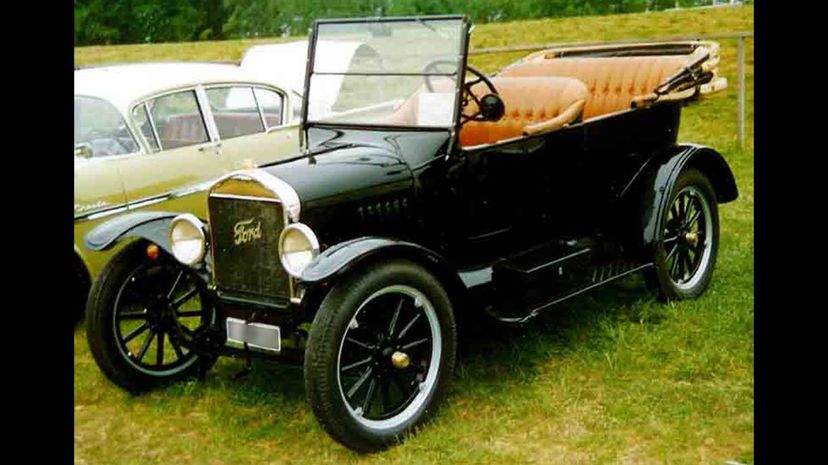
When the Model T's first hit the market in 1908, they retailed for about $850 (or about $18,000 in today's dollars) — which wasn't bad considering the competition was much more expensive. Once Ford's assembly process was mature, however, that price came down dramatically and the automobile changed from a novelty only the rich could afford to an affordable tool available to families across the country.

While we might take it for granted today, the five-day, 40-hour workweek was instituted for Ford factory employees on Sept. 25, 1926, and other industries quickly followed Ford's lead. Ford had changed what it meant to be a factory worker a few years earlier when, in 1914, he announced that employees would receive $5 per day, which was double the going rate. The increase in pay and leisure time, Ford reasoned, would lead to increased shopping opportunities and buying power.
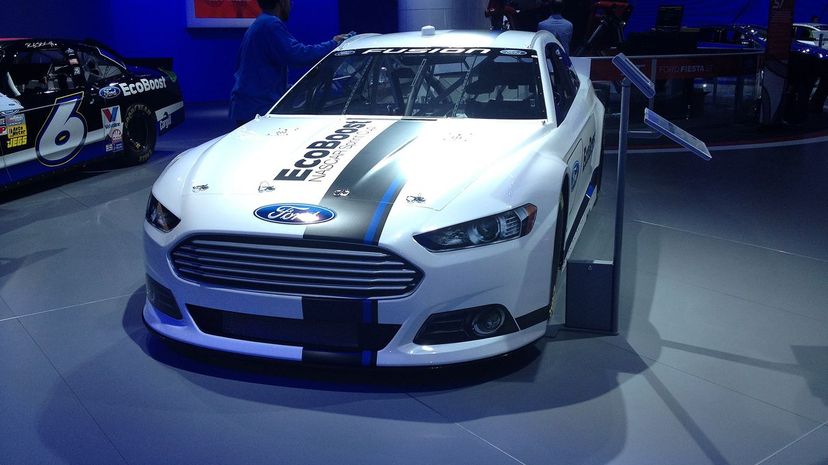
Taking the Taurus' place on the track in 2006, the same year as the car was launched in showrooms, Ford backed the school of thought that says, "Win on Sunday, sell on Monday." The Fusion's run as the brand's NASCAR stallion ended in 2019 when the Mustang became the official Ford car body style in the Monster Energy NASCAR Cup Series. The Fusion is being phased out in the U.S. as the company focuses on SUVs and trucks.
Advertisement
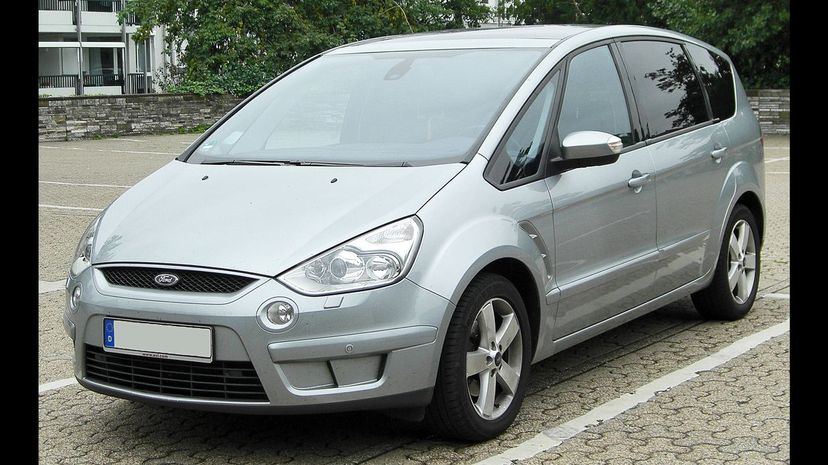
While the vehicle has sacrificed a bit of third-row headroom for a sleeker profile, the S-Max has been a strong entry for Ford in the multi-purpose vehicle (MPV) European market. The second-generation versions of the S-Max, which debuted in 2015, offer a number of different power plant options: two gas engines or eight diesel engines. The largest diesel option offers 206 brake horsepower — very impressive for a vehicle in this class.
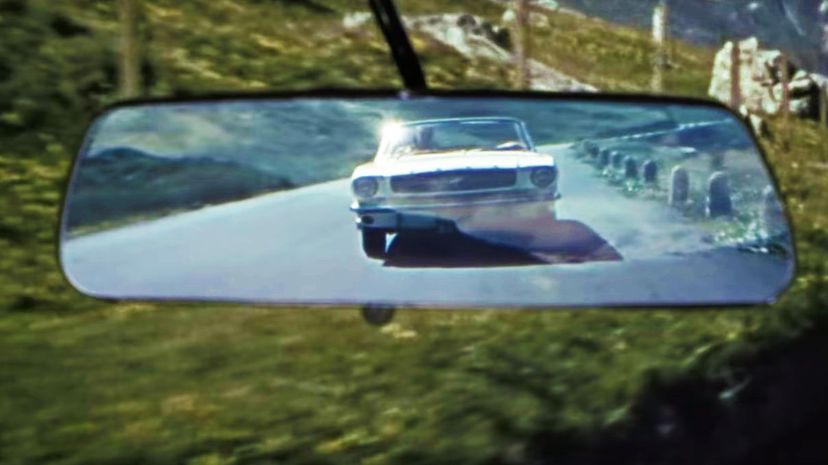
Fresh off the assembly line, the Mustang made its first appearance on the silver screen in 1964's James Bond film "Goldfinger." The cream white 'Stang with red leather interior was driven by Bond Girl Tilly Masterson when she crossed paths with Bond in his Aston Martin DB5. Another Mustang — blue, this time — appeared in the 1965 Bond flick "Thunderball."
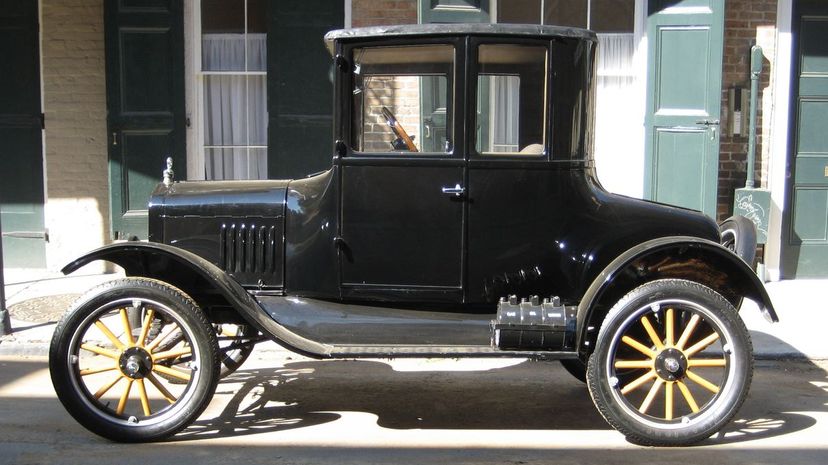
Wood was a key component in early automobile manufacturing, and Henry Ford wondered if there was a way to use the wood waste and sawdust generated in the process. With the help of chemist Orin Stafford (who came up with a way of combining sawdust, tar and cornstarch into the pillow-shaped lumps), Thomas Edison (who designed the briquette factory) and real-estate agent Edward G. Kingston (who helped Ford procure the woodland in Michigan), grilling — and recycling — history was made.
Advertisement
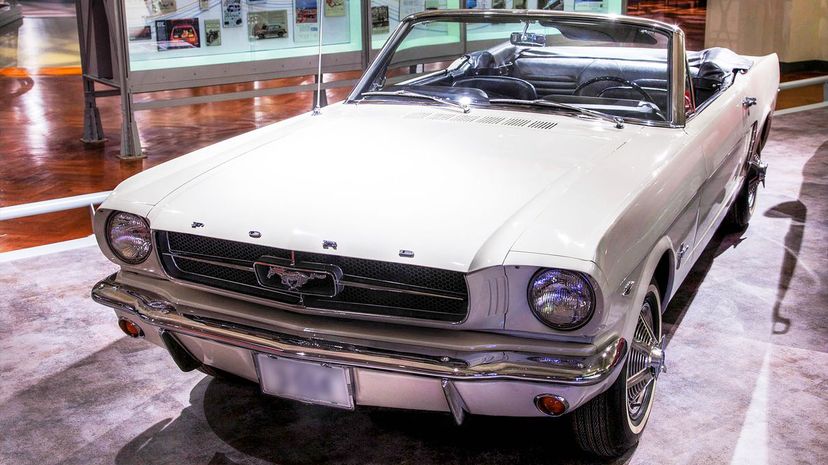
Ah, Mustang. To anyone who remotely enjoys motor vehicles, the thought of the 1964 'Stang brings a smile to the face and a skip in the heartbeat. When this car hit the market, Ford expected 100,000 to sell in the first year; it sold that many in the first three months. The car has been part of the American dream ever since. The latest GT model offers a 5.0-liter Ti0-VCT V8 with 460 horsepower and a six-speed manual transmission or 10-speed automatic option.